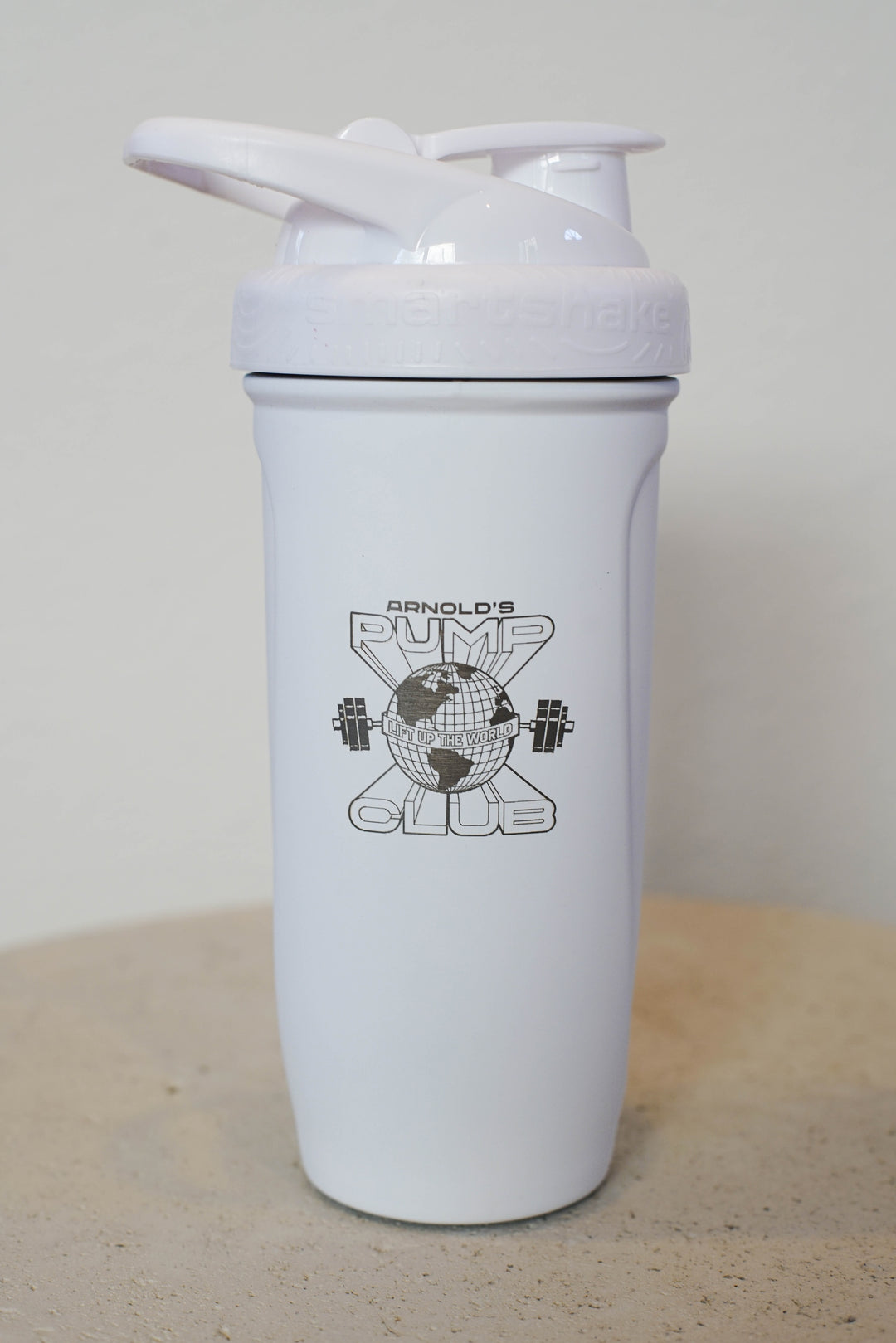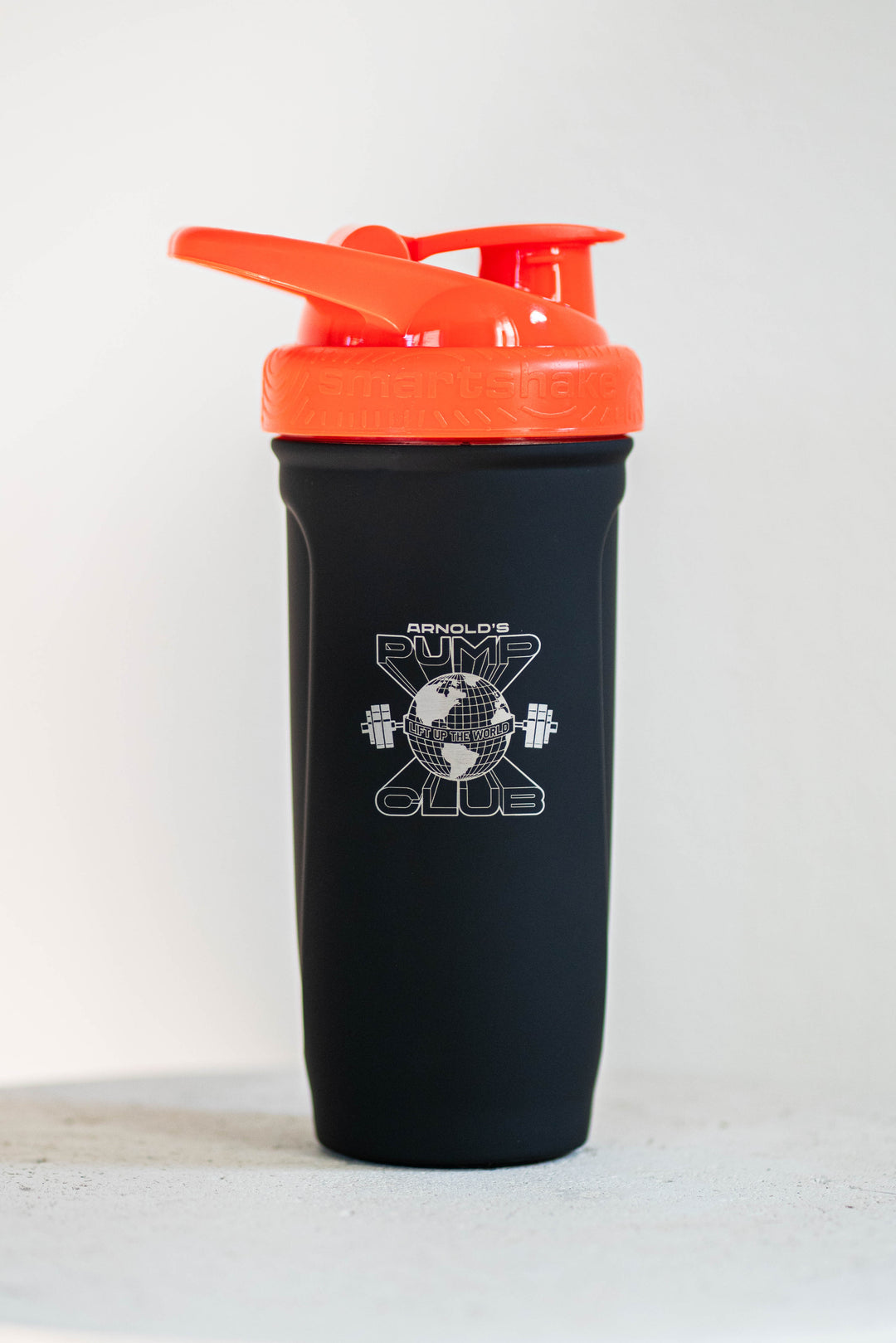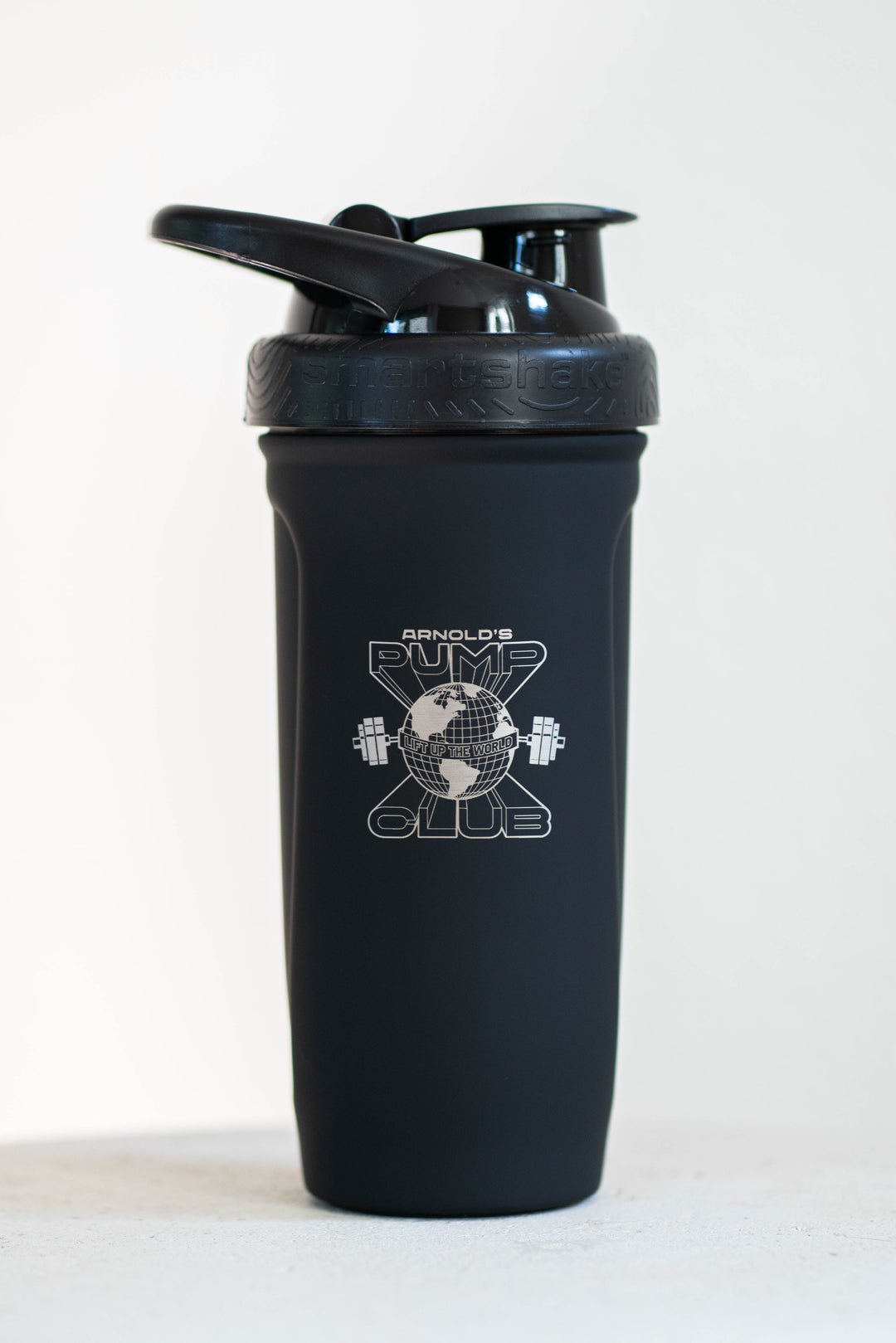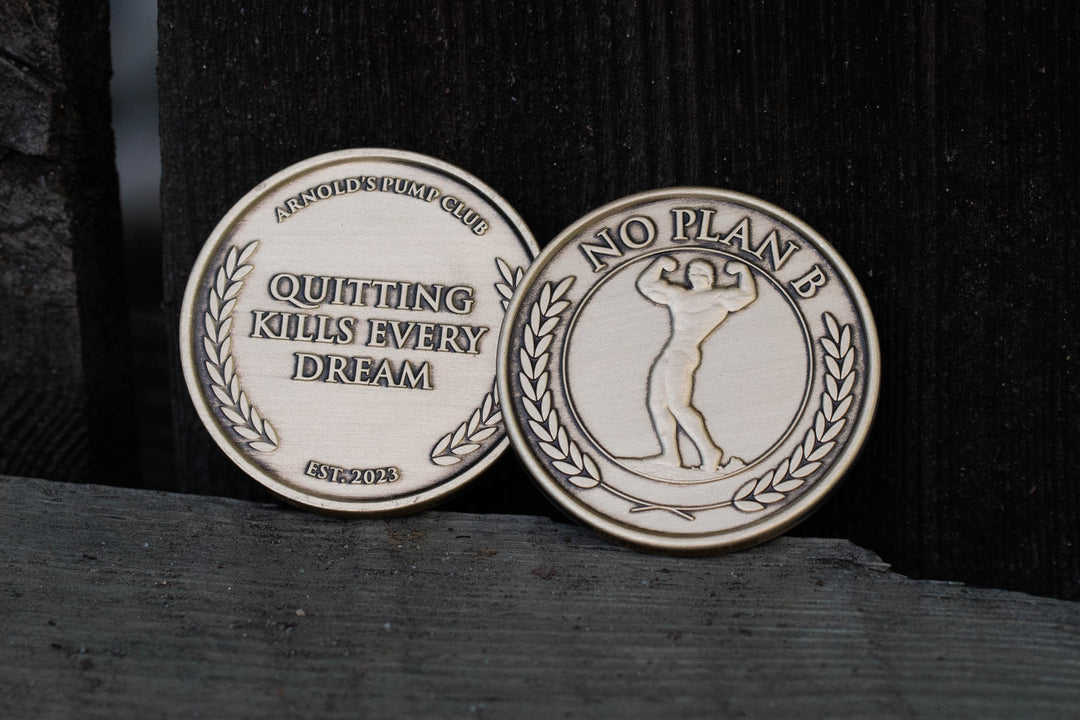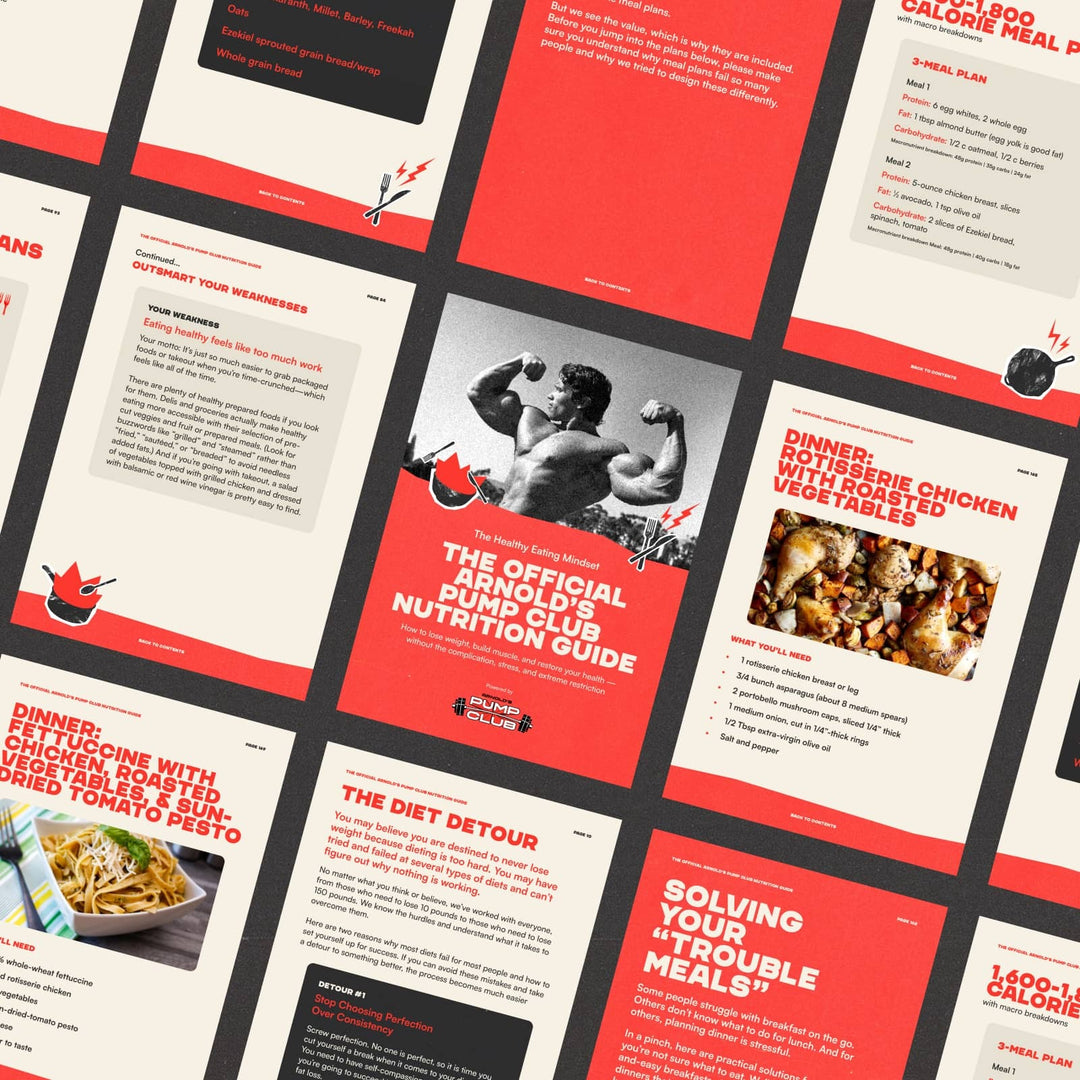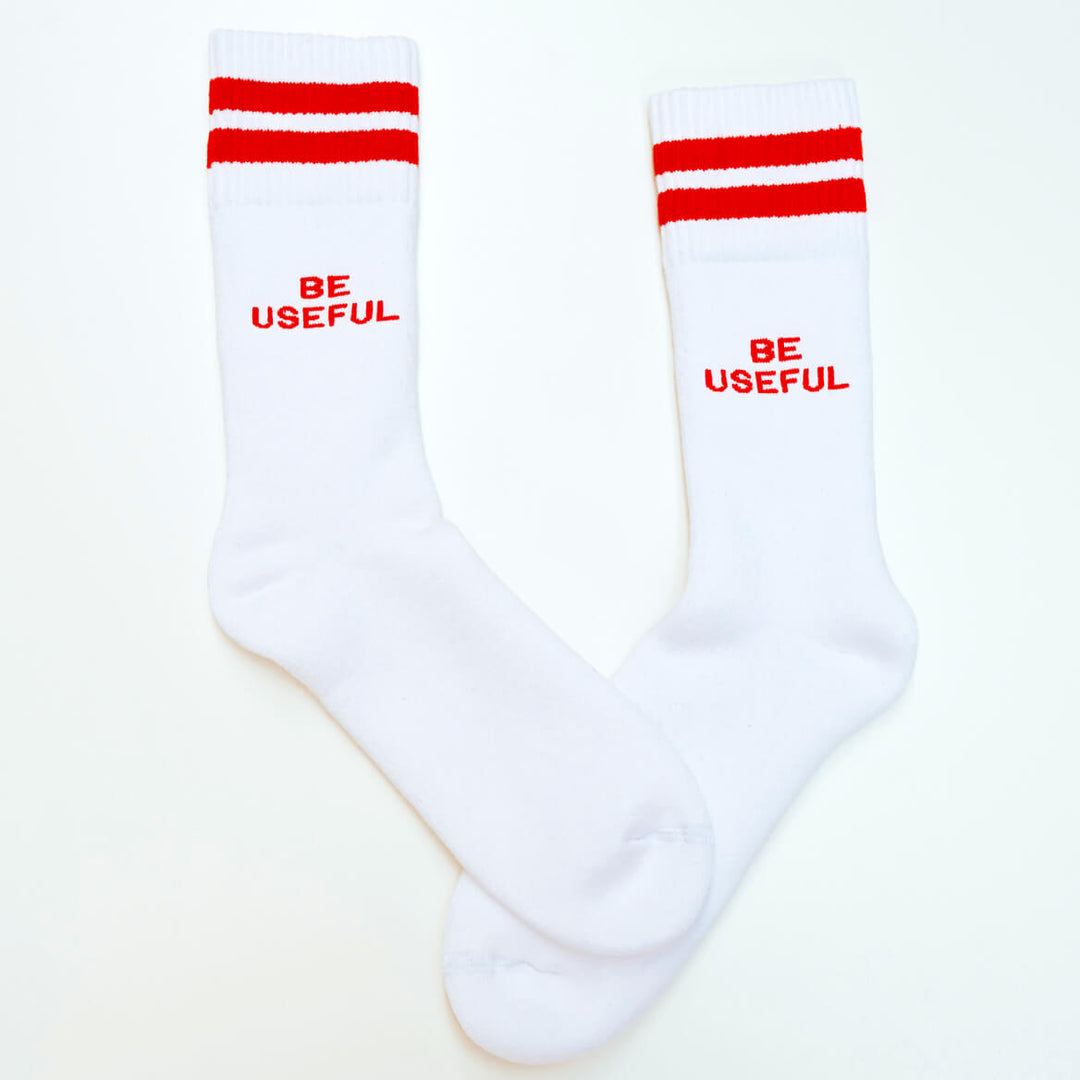Welcome to the positive corner of the internet. Every weekday, we make sense of the confusing world of wellness by analyzing the headlines, simplifying the latest research, and offering quick tips designed to make you healthier in less than 5 minutes. If you were forwarded this message, you can get the free daily email here.
Today’s Health Upgrade
Number you won’t forget
Weekly wisdom
We made a mistake
The sleep time snack
Arnold’s Podcast
Want more stories from Arnold? Every day, Arnold’s Pump Club Podcast opens with a story, perspective, and wisdom from Arnold that you won’t find in the newsletter. And, you’ll hear a recap of the day’s items. You can subscribe on Apple, Spotify, Google, or wherever you listen to podcasts.
Longevity
Number You Won’t Forget: 2 Minutes
Just because you’re stuck sitting most of the day doesn’t mean you can’t trick your body into being healthier.
New research suggests that two minute walks throughout the day — when combined with interval training — can protect your heart, even if you sit all day.
Researchers wanted to know if small changes help reverse the harmful effects of prolonged sitting, especially on your heart. They compared those who sat all day to those who sat and took small walking breaks, and then one group took walking breaks and performed intense intervals.
The combination of light movement breaks and interval training significantly improved cardiovascular health markers—especially endothelial function, a key indicator of blood vessel health.
While the sedentary group showed signs of impaired blood flow (which can increase the risk of heart disease), the combo group improved their vascular function, specifically flow-mediated dilated (FMD). Decreases in FMD are associated with an increased risk of cardiovascular disease, and the FMD improvements in the group that did intervals and took walking breaks is associated with approximately a 15 percent decrease in risk of cardiovascular disease.
Researchers believe that the light activity breaks helped maintain circulation, preventing the negative effects of prolonged sitting. And the alternate-day HIIT training likely provided a stimulus strong enough to improve endothelial function, which regulates blood flow and blood pressure.
If you’re stuck at a desk all day, getting up for just 2 minutes every hour or two can help protect your heart.
Weekly Wisdom
Together With Our Place
This Mistake Isn’t As Bad As Forever Chemicals In Your Pots And Pans
Editor’s Note: Earlier this week, we made an error — but it wasn’t factual. We shared the latest research about how scratches on your Teflon-coated pans can release millions of microplastic particles into your food. But that was not the mistake.
To help provide an alternative, we worked to get all of you a discount on pots and pans that are free of forever chemicals, can go in the oven, and can be easily cleaned in a dishwasher. And then we forget to provide you with the code to get you a better price. Many of you wrote, and we apologize for the error. The research about forever chemicals is below, and if you want to get the Our Place Titanium Cookware (I do all the cooking in my home, and they are the best pots and pans I’ve ever used), then use the code “APC” at checkout.
—
Non-stick cookware makes cooking and cleaning a breeze, but recent research suggests it might also be adding unwanted ingredients to your food.
Research suggests that a small scratch on a Teflon-coated pan can release thousands to millions of microplastic and nanoplastic particles during cooking.
Researchers investigated the release of microplastics and nanoplastics from non-stick cookware. Using Raman imaging—a technique that scans surfaces to collect spectral data—they analyzed both new and used Teflon-coated pots and pans. The study simulated cooking processes by applying utensils like steel spatulas and wooden turners to the cookware surfaces.
A single surface crack on a Teflon-coated pan could release approximately 9,100 plastic particles. More extensive damage led to the release of up to 2.3 million microplastic and nanoplastic particles.
These particles, derived from the Teflon coating, are concerning because Teflon belongs to the per- and polyfluoroalkyl substances (PFAS) family—often referred to as "forever chemicals" due to their persistence in the environment and potential health risks.
The researchers believe that the mechanical action of cooking utensils on the non-stick surface causes these particles to dislodge. Over time, as the cookware experiences wear and tear, the degradation of the Teflon coating accelerates, leading to increased particle release.
While the health implications of ingesting these microplastics and nanoplastics are still under investigation, one thing is certain: any time you can minimize potential exposure — such as not microwaving food in plastic containers — then it can provide additional safety.
We recently decided to test out different cookware and set a strict criteria:
No forever chemicals of any type
No coatings (which could scrap off with wear and tear)
The ability to cook over high heat (a problem for some cookware with chemical exposure)
Easy clean-up
The best of the bunch was Our Place Titanium Cookware Set. It’s the first truly nonstick cookware with zero coating—which means zero forever chemicals and a surface that doesn’t degrade. Instead of relying on coatings that break down, it’s made from pure titanium, ultra-hardened for lifelong durability. It combines the best of stainless steel, cast iron, and nonstick.
We tried it out under all conditions for three months, and it held up. The best part? It’s both oven and dishwasher safe. So it’s easy to prepare any meal, and clean-up is not a problem.
We loved the cookware so much, we reached out to Our Place to request a discount for APC readers. If you want a cookware set that actually lives up to the hype, you get 10% off the full Titanium Pro Cookware Set by using the code “APC” at checkout. Plus, we ensured you get free shipping and free returns. Cookware can be an investment, so we wanted to ensure that it was a risk-free options as you try to cut back on forever chemicals and keep your home healthy.
Health
The Sleepy Time Snack
Milk and bananas have a reputation for helping with sleep. But, the snack that has an underrated amount of sleep research is an often-overlooked fruit.
A new randomized controlled trial suggests that eating kiwifruit can improve sleep in children with poor sleep quality.
In the study, children ate 2 medium kiwis every night about an hour before bedtime. After 4 weeks, the children experienced impressive improvements in their sleep quality, falling asleep about 30 minutes faster and staying asleep about 1.5 hours longer than a similar group of children not eating kiwifruit.
According to an analysis by Examine.com, the value of kiwis may be in their unique nutrient content. The green fruit contains as much potassium as bananas and twice as much vitamin C as oranges, by weight. This is a more likely explanation for the sleep-promoting effects of kiwi, as both vitamin C and potassium are thought to be key nutrients for healthy sleep.
The potential sleep benefits of kiwi aren’t just limited to this study — or to children. Kiwi has been shown to have beneficial effects on adults with sleep problems, college students with insomnia, and athletes.
And that’s it for this week. We hope you all had a fantastic week. Remember, you all have the strength to lift up the world.
-Arnold, Adam, and Daniel
—
Publisher: Arnold Schwarzenegger
Editors-in-chief: Adam Bornstein and Daniel Ketchell






























